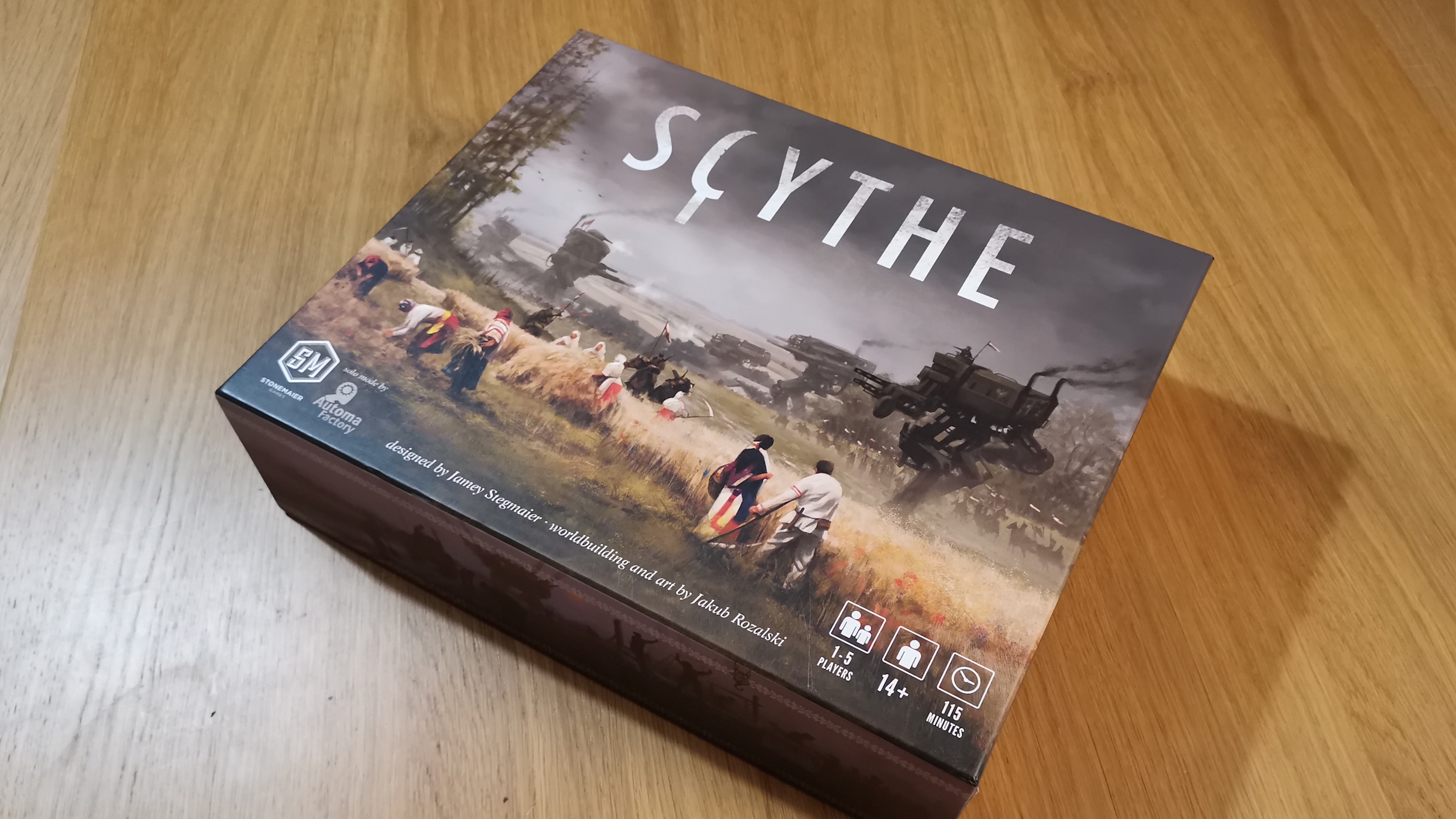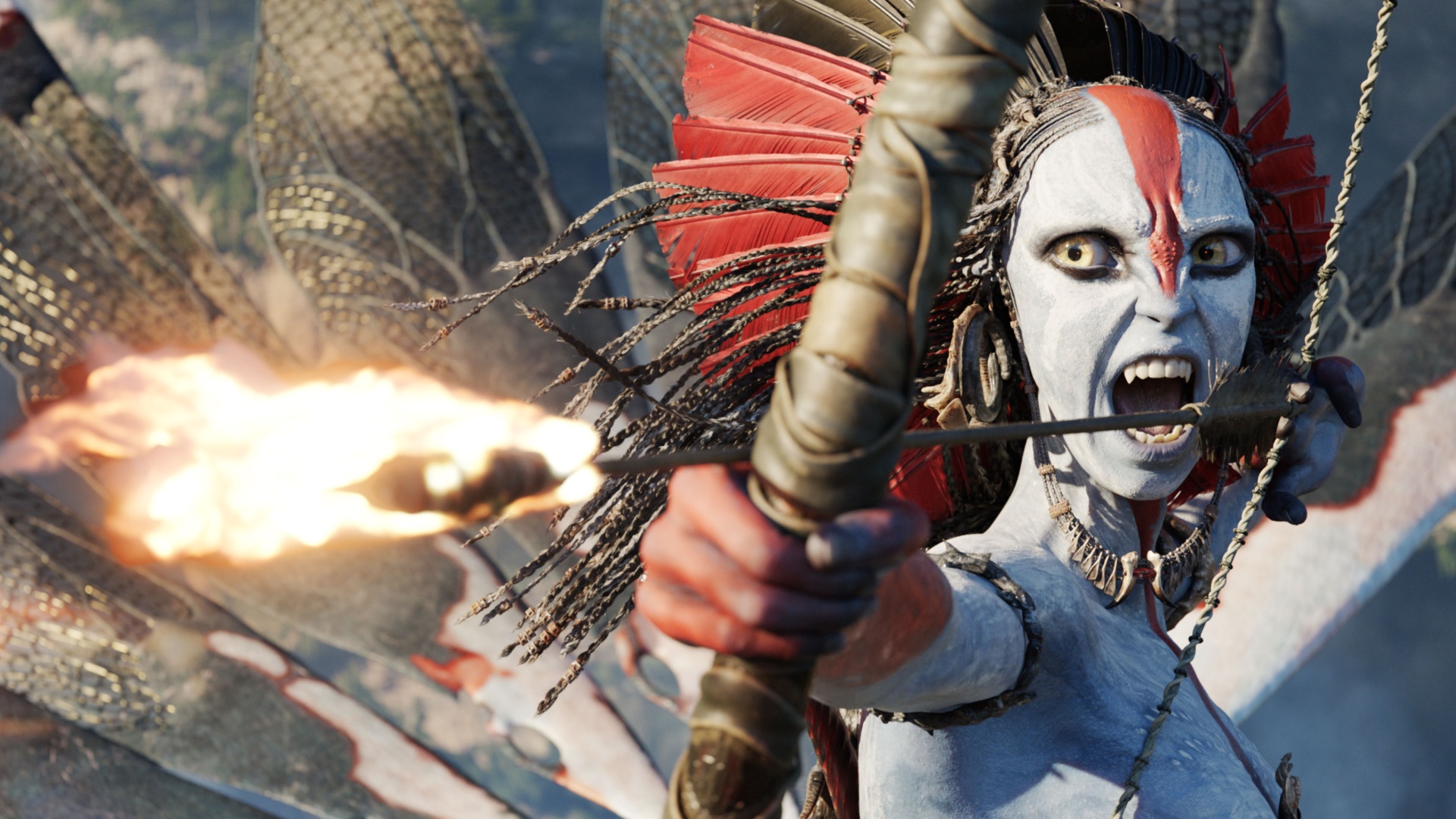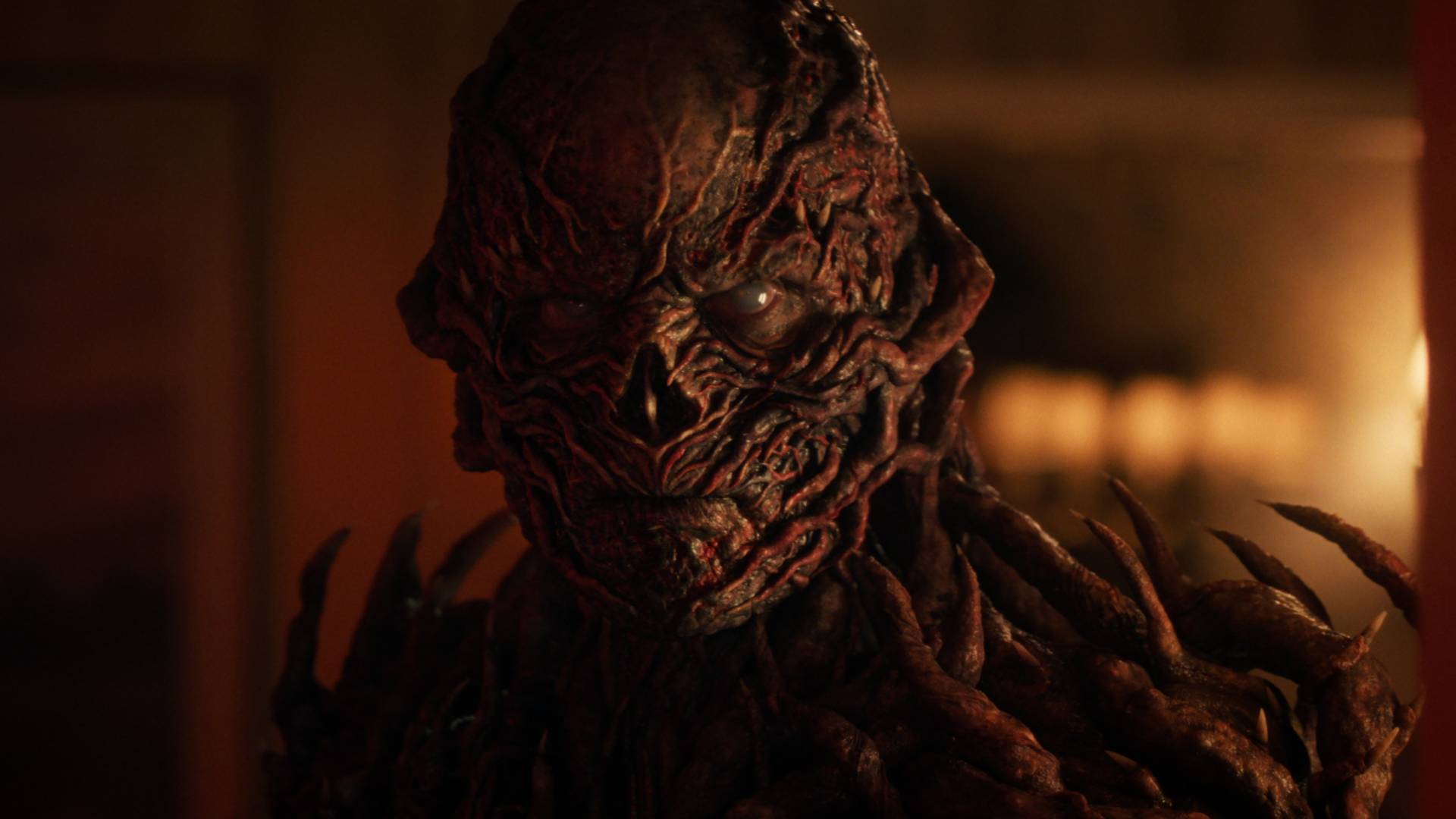The art of Rift: Storm Legion - Learn what inspired Rift's colorful (purple) world
We talk Dark Crystal, purple, and more
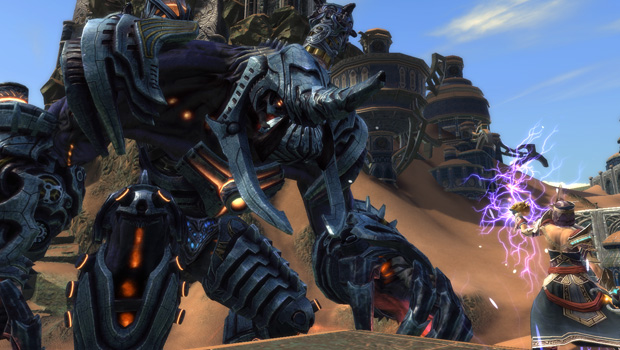
An artistic tour of Rift
We're big fans of Trion's Rift, enough so that we ranked it on our list of the best MMORPGs. Besides including some of the largest battles we've experienced in an MMO, the game's art style has always stood out to us as one of the best in the genre, moving away from cartoony visuals in favor of a more realistic appearance.
Why did they decide to go that way, and how will the upcoming Storm Legion expansion expand upon it? We talked with art director Darren Pattenden and associate art director Chee Fong to find out just that.
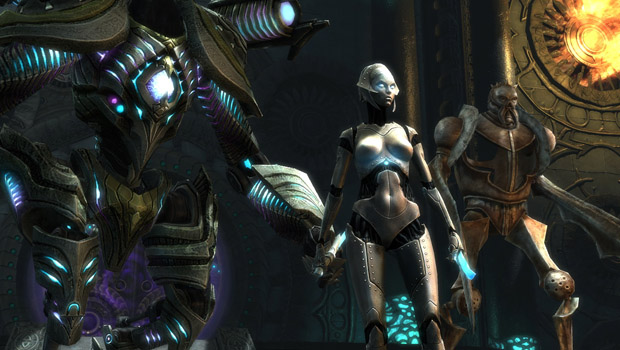
GamesRadar: The idea of magical technology is fairly common in RPGs, how did Trion make its style different?
Chee Fong: We designed it from the ground up. We'll avoid clich where we can, but there is bound to be inspiration to be drawn from classic depictions of it like perhaps the movie 'The Dark Crystal'. Ultimately however, we wanted to sell the new world and impress the audience so we concentrated more on that than consciously trying to avoid anything that had been done before. We created an original culture in the Defiant's for example and tailored the look to that culture. So really weve just been enjoying being creative and having fun with it.
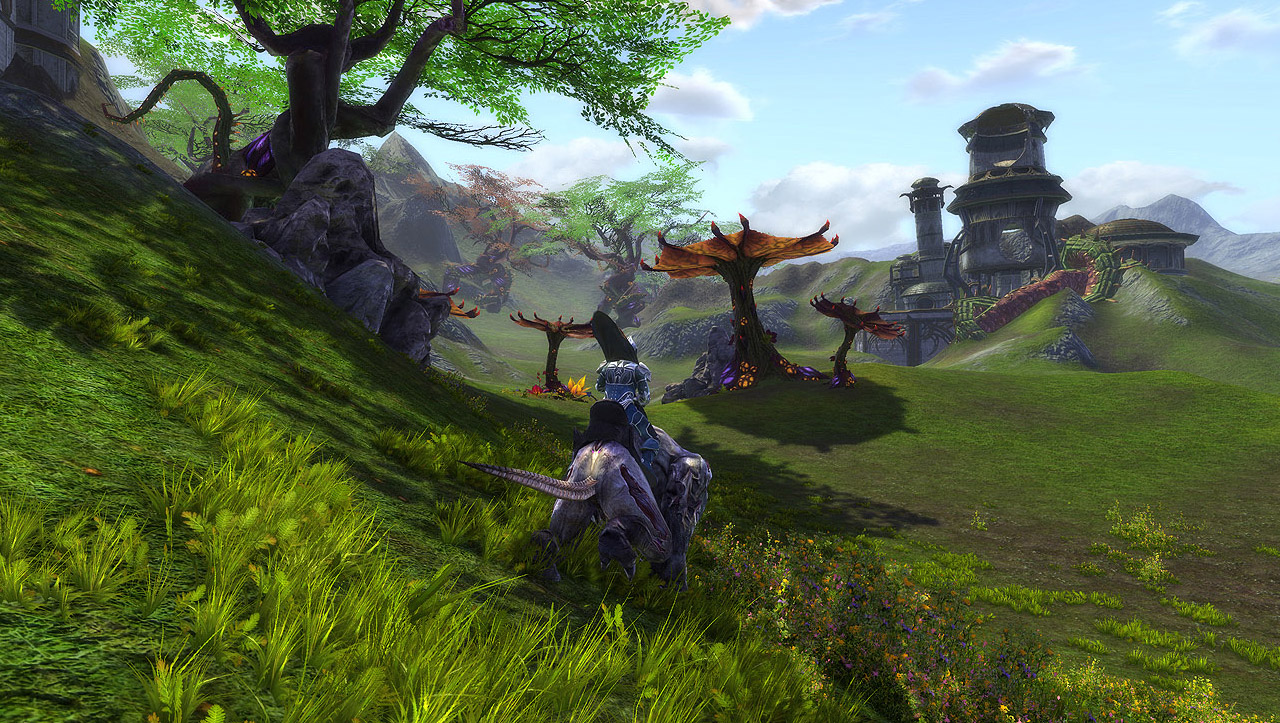
GR: Is it difficult to find new areas, artistically, to expand upon in the fantasy genre?
Darren Pattenden: Not really, honestly. Fantasy as a genre provides an extremely large framework within which to work. Weve been able to stress more over time that Telara is its own universe with its own culture and lore; pushed it further away from any similarities to real world historical Earth. So once you've established a world thats clearly defined as absolutely fictional, that is not necessarily this planet or this plane of existence, then really anything is possible as long as you dont push into some extreme direction that could alienate the player base already occupying the world. I don't think players are going to be exploring Brevane in Storm Legion and getting a sense that it kind of reminds them of medieval Northern Europe. Which is obviously somewhat the base fantasy setting to fall back on in lieu of anything more specific.
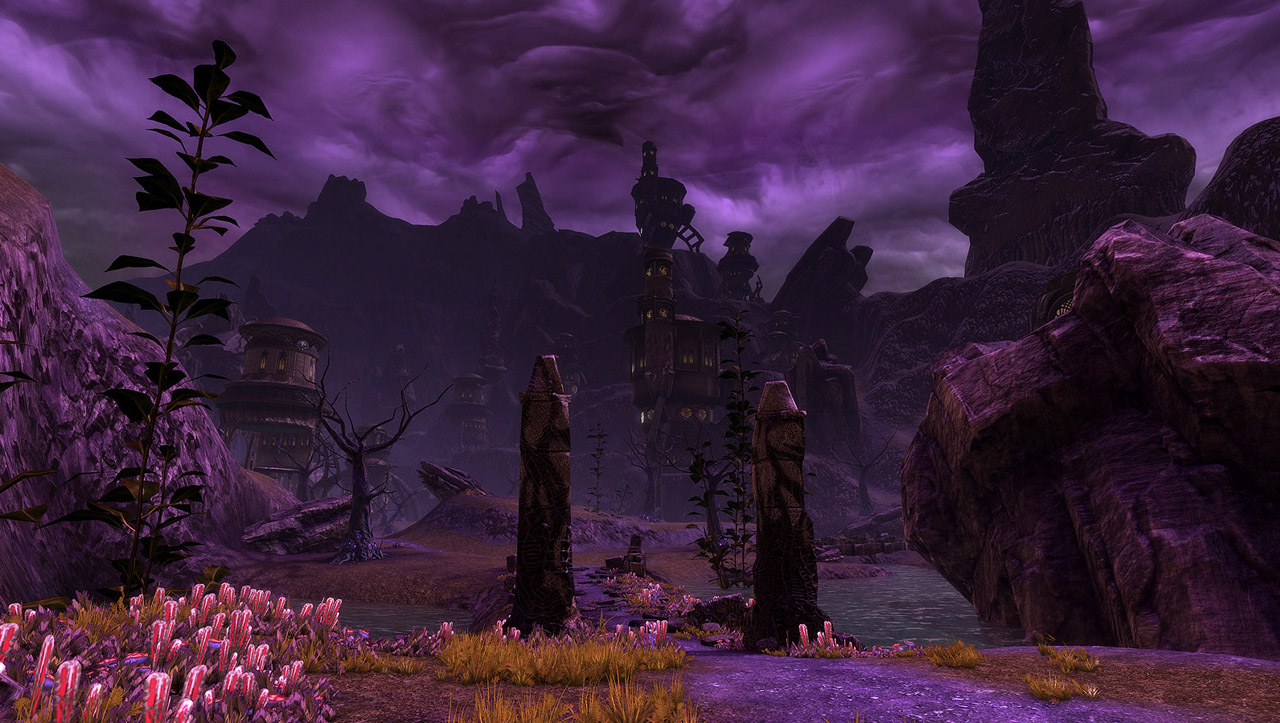
GR: Theres a lot of purple in Rift. Was this color choice intentional?
DP: Funny, I hadnt noticed it. Purple is the color that was chosen to represent the death rifts and that plane, so perhaps you do a lot of those?! Ironically, I include some purple SL screenshots.
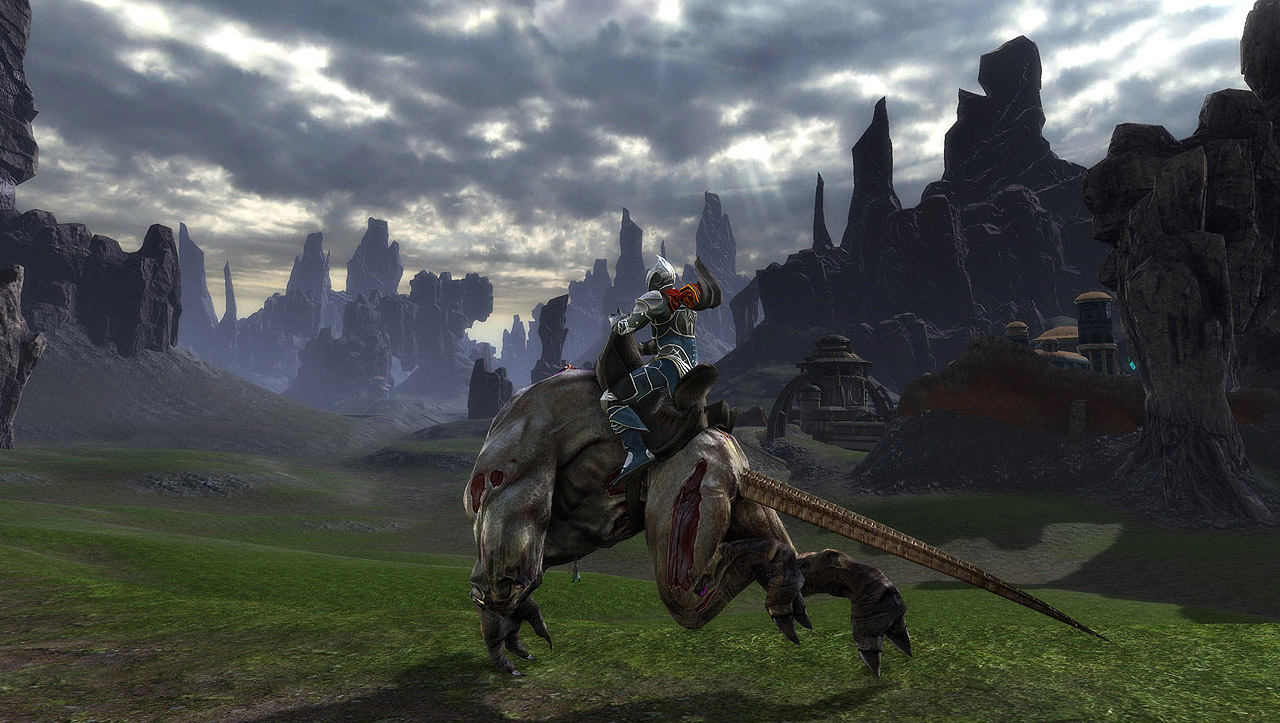
GR: Whats the biggest difference, art-wise, in the expansion?
DP: The first thing players should probably notice is that weve upped the ante on the design of pretty much everything. Creatures, npcs, architecture, world layout, player armor, mounts, its all just +. Still recognizably Rift, but pushed. More over-the-top, more fantastical.
Secondly, once they get out of the starter zones which aren't as vast as the rest of the new continent, the next thing that players should notice about Storm Legion is the landscape itself; the terrain. Were dealing with a scale of landmass in Storm Legion that we didnt have in Vanilla Rift, so with that comes larger geological features. Mountain ranges, rivers, lakes, gorges, extreme verticality, vistas that go on for miles. The net result with that more dramatic landscape is that the world feels grander, more epic. I include some screenshots that I grabbed of my test character running around the world which should give some sense of this. Bear in mind that a lot these areas are a little raw still. Were still polishing, honing, fixing etc. But I think they help to get across the scale and beauty of the world.
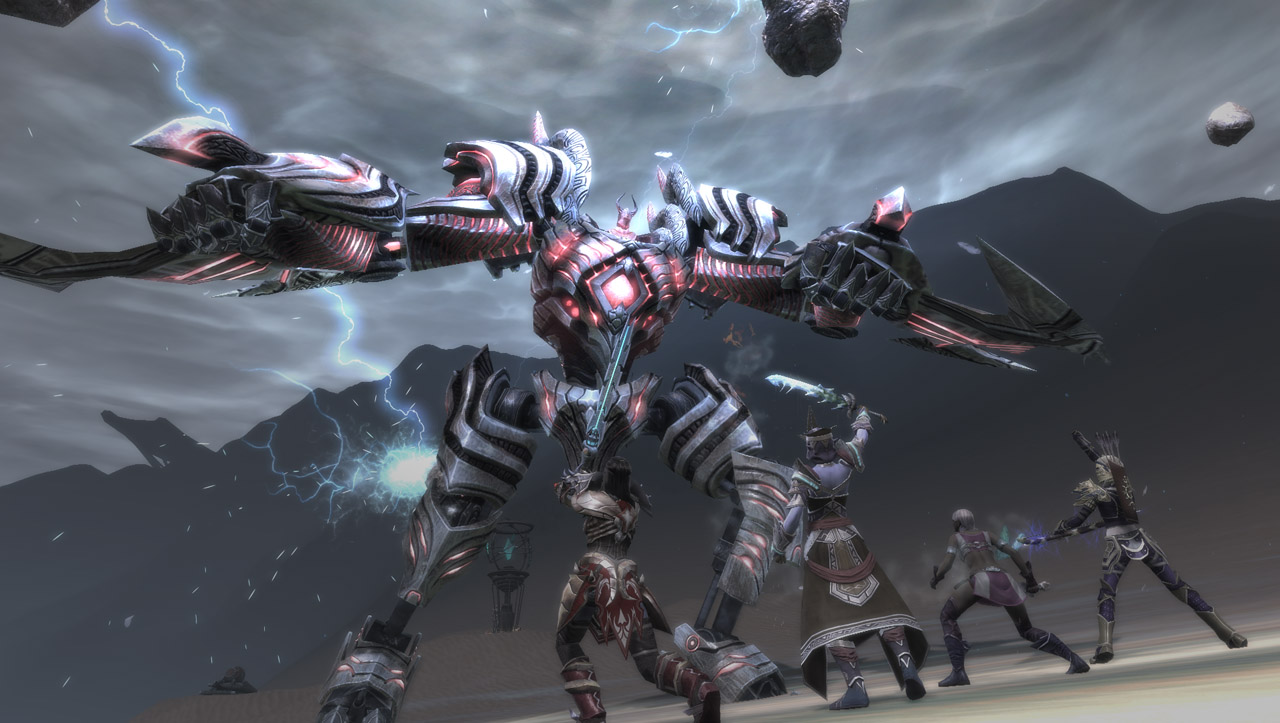
GR: Were there any inspirations the art team drew from in other media?
CF: We all look at movies and other games to get inspired, we all have favorite artists of course. But even getting outside for a hike can be inspirational for creating interesting 3D spaces and brainstorming compelling environments and moods.
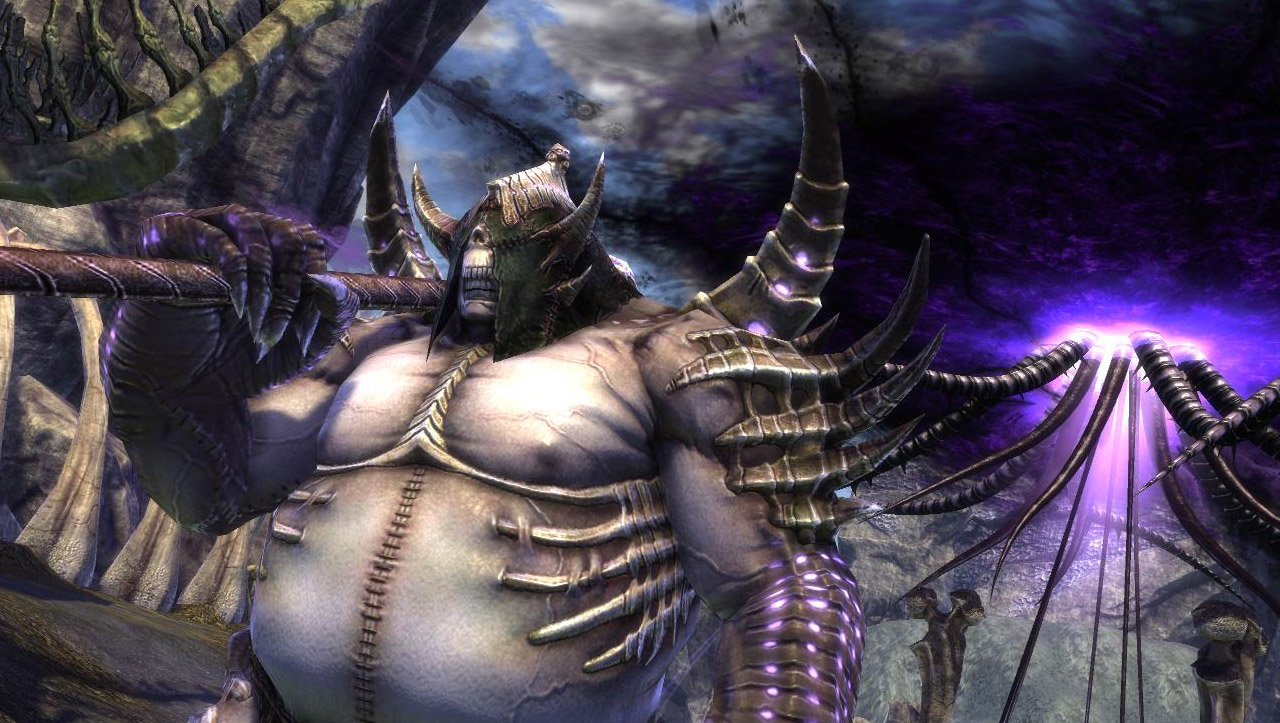
GR: What feeling is the art of Rift attempting to invoke?
DP: I dont know that the Art of a video game alone can evoke a particular, specific feeling necessarily. Not wholly at least, not without the assistance of the other components of the game. We have a really wide range of areas to explore in Storm Legion and they all have unique feels. Some are foreboding, other areas have that feel good vibe that youll want to come back to after adventuring in the darker themed areas. When the gameplay, story, visuals, fx and audio all come together, thats when youre able to create a highly specific feeling in a player experiencing it, I think. And In Storm Legion as said weve got a large variety of differing areas and that feel that they evoke is something that we think about, design. Its not random. I think its still possible to create an environment that is both threatening and darkly beautiful. You just make it purple (joke).
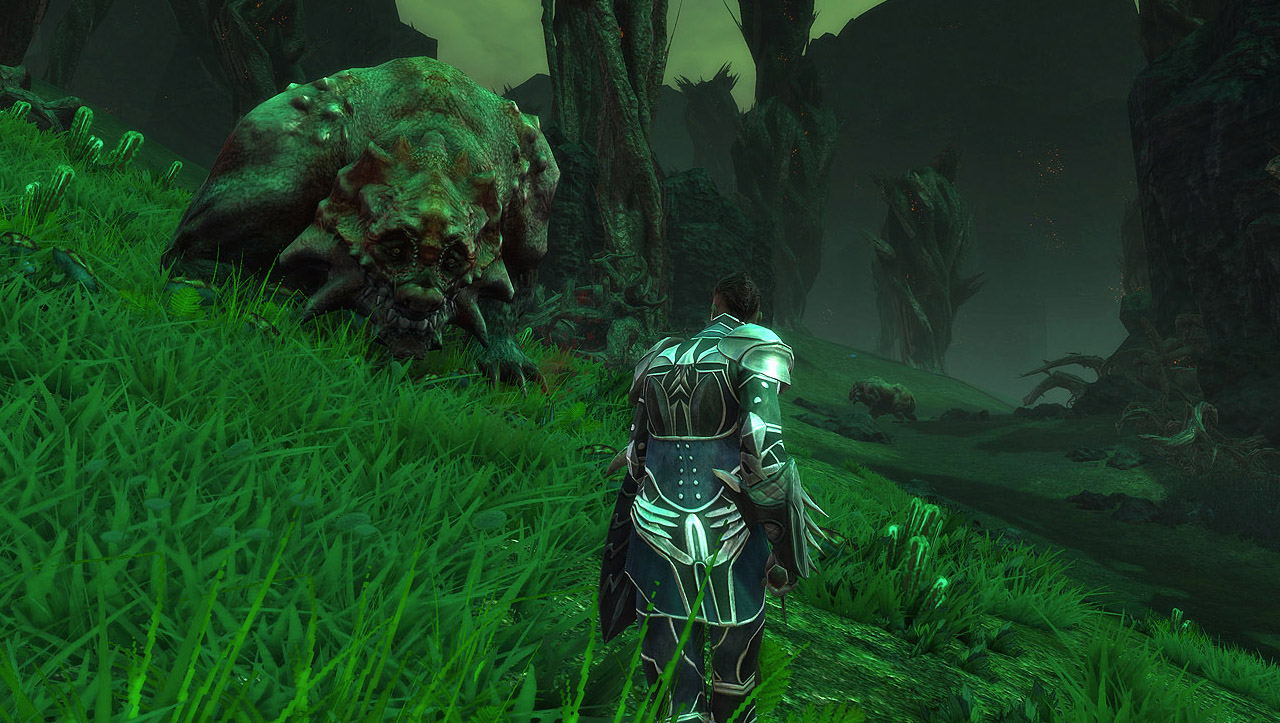
GR: Many games opt for a more cartoony style for their MMOs, whereas Rift, albeit stylized, is more realistic. What was the reasoning behind this?
DP: Many things influence the art style of a video game. Concept artists, the artists that translate that 2D work into 3D, the game designers, the game design and lore, the people that lead it at the beginning or during its creation. Even marketing might have a few thoughts on a particular direction to take things in. So I dont think I can easily say theres one specific reason that Rifts art style was more representational, it just evolved that way for a few reasons and I have some ideas on why.
Firstly, most of the art leads that worked on Rift in its infancy had just come from games that had representational art styles so it was perhaps a natural progression.
Secondly, when Rift development began it was around the time that PC games were commonly adopting more complex shading techniques. This was the move from the old school technique of game art asset creation which was making a low polygon model and simply painting color on to it, to the now commonly adopted method of sculpting a very high resolution source model that is millions and millions of polygons then applying the surface undulation information from that model to a lower polygon in game version. This is normal mapping (bump, to the layman), and almost every art asset in Rift is created this way. When that technology was in its infancy I think it just seemed like it was best showed off by more realistically styled models.
And finally, back when Rift development began there actually werent many realistically styled (Western made) MMO's that looked really impressive from an art standpoint. The one or two that were out at the time weren't particularly hailed for their visuals, so that was perhaps on some level a sub conscious challenge, I think?
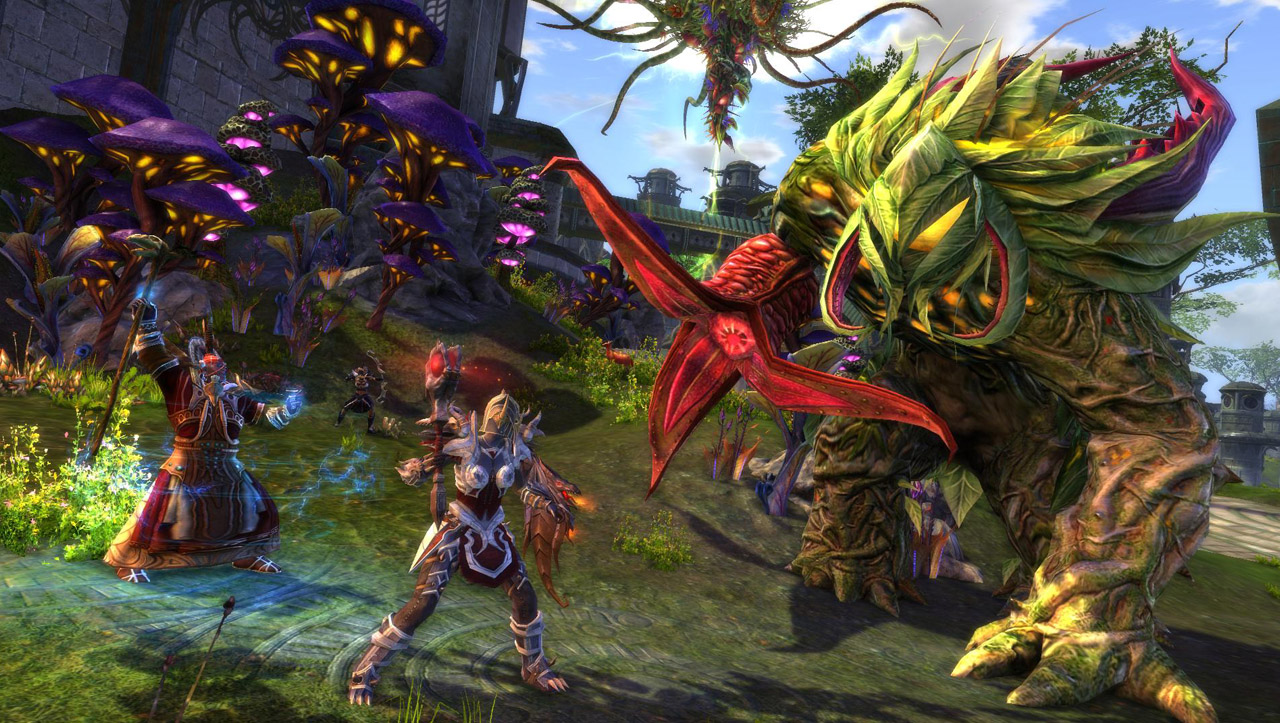
GR: Rifts environments are varied, but is there anything that the art team was especially excited to dive into with the expansion?
DP: First and foremost it was honestly just really exciting and satisfying having the opportunity to apply everything wed learned from making Rift and all the player feedback wed received to creating fresh content. That feeling of right, now well really show them what weve got was really strong in the Rift art team when we set about creating Storm Legion. As a team I think we really understand the value of feedback, even and especially If harsh. We read the forums and player comments, listen to what the player base has to say and take it on board as best we can. Rift is a service and we want to make our customers happy, and it can be an interesting challenge trying to please all the people all the time. i.e trying to figure out what might appeal to *most* players. This is no truer than with say, player armor and mounts.
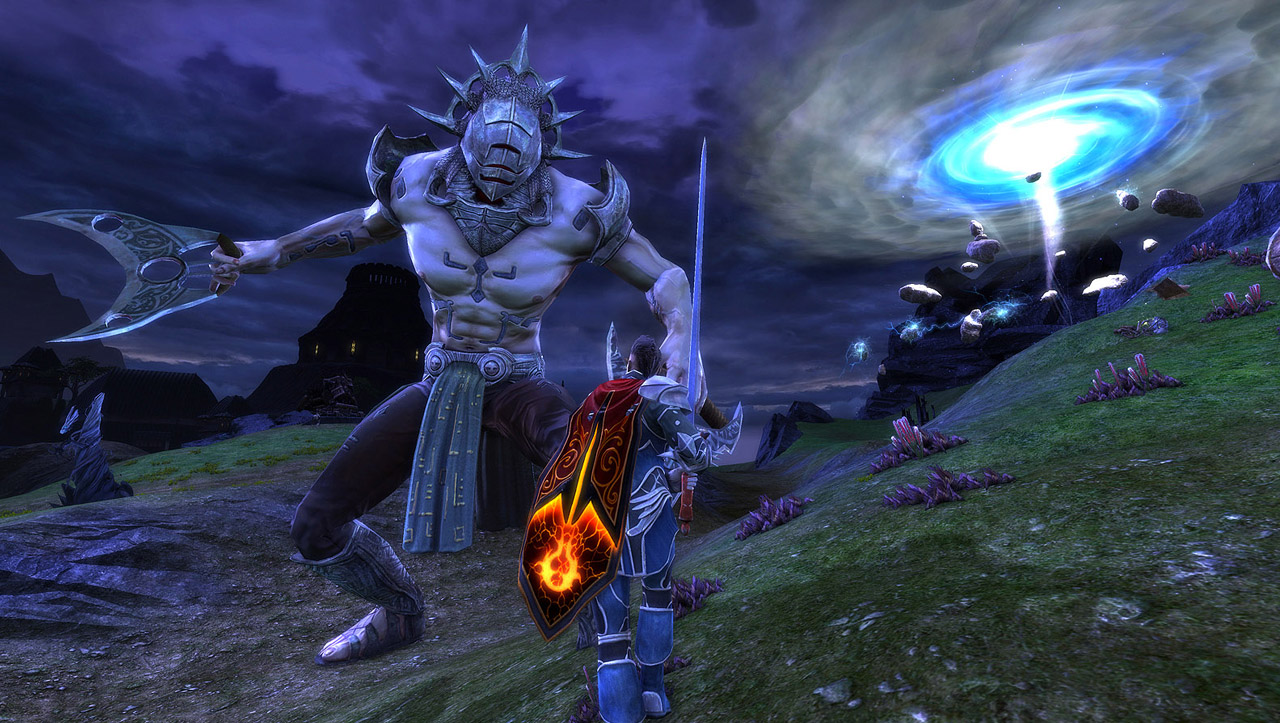
GR: How does the process work when creating bosses? How early on is the art team involved, versus the designers creating the mechanics?
DP: The initial premise of any encounter comes from the game designers. They tend to rough out the basics of what they want to do and how it might tie in with the Lore and any story elements. Then art starts on concept art for the boss and perhaps some rough 3D geometry for the space it occupies (since a boss might be created for a highly specific location). Then it's really a back and forth between the two teams. They sign off on all art together and the concept art might inspire design to try a particular mechanic and / or vice versa. Wash, rinse, repeat until we have something that we think is compelling.
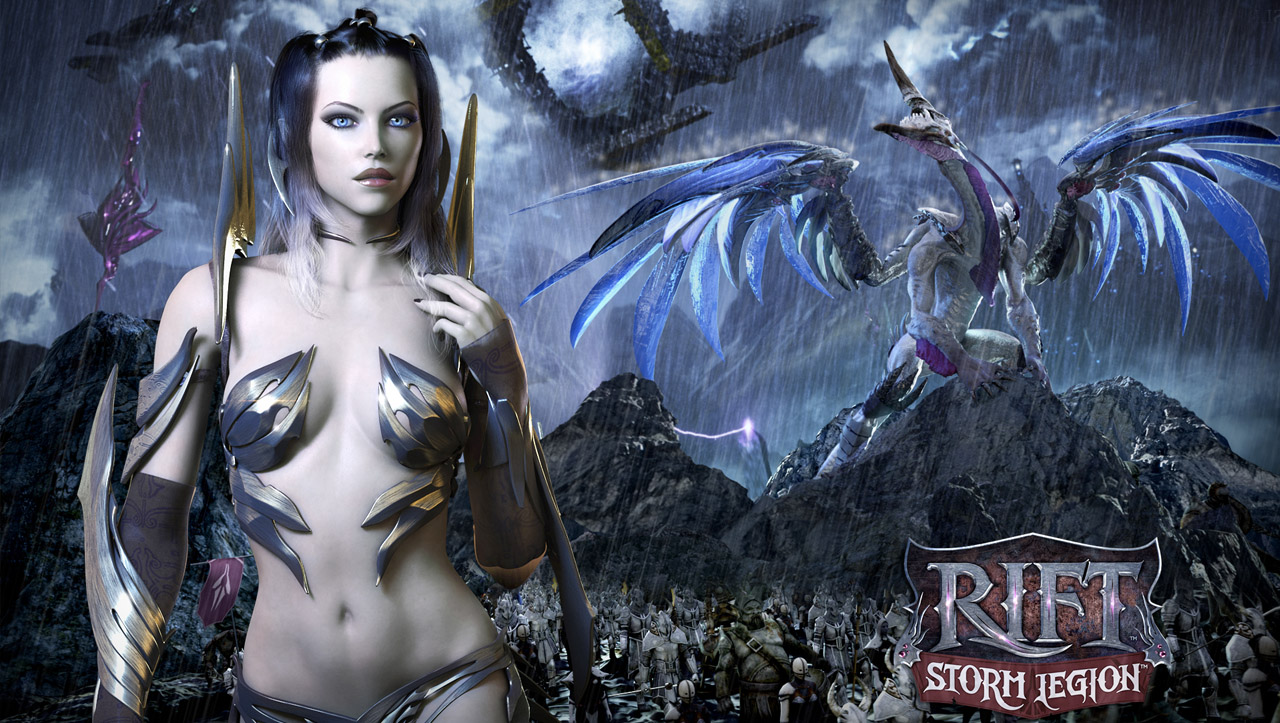
GR: What is your favorite enemy in the game, visually?
DP: Theres so much cool stuff, I honestly havent had time to seriously think about it but near the top of the list would have to be Crucias dragon form. Shes about as far away from classic Dragon as you can get and that sharpness to her form makes her so vicious looking.
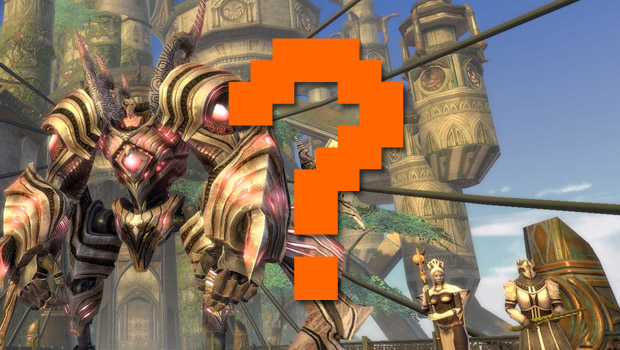
The Storm Legion is coming
Storm Legion is due out on November 13, and adds in all of the amenities expected of an MMO (new zones, levels, skills, monsters, dungeons, etc). Oh, and it'll add plenty of new awesome art to gawk at. Be sure to check back closer to release to find out more.
And if you're looking for more MMO news, check out everything Rift has added since launch and a debate on F2P vs. P2P.

Hollander Cooper was the Lead Features Editor of GamesRadar+ between 2011 and 2014. After that lengthy stint managing GR's editorial calendar he moved behind the curtain and into the video game industry itself, working as social media manager for EA and as a communications lead at Riot Games. Hollander is currently stationed at Apple as an organic social lead for the App Store and Apple Arcade.
